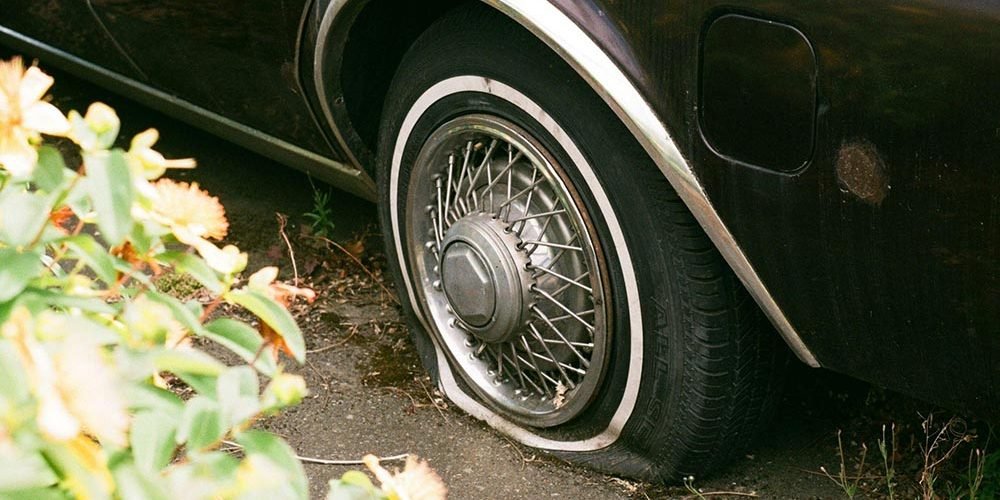A tire blowout can be a terrifying experience, especially if you’re driving at high speeds. However, knowing how to handle this situation can keep you safe and prevent further damage to your vehicle. Here’s a comprehensive guide on what to do if your tire blows out while driving.
Table of Contents
1. Stay Calm and Maintain Control
The most crucial thing to do when you hear that loud bang and feel the car veering to one side is to stay calm. Panic can lead to overreactions, which might make the situation worse, such as getting into a car accident.
- Grip the Steering Wheel Firmly: Keep both hands on the wheel to maintain control of the vehicle.
- Do Not Slam on the Brakes: Sudden braking can cause the car to skid or lose control. Instead, gently release the accelerator to gradually slow down.
2. Steer Straight
Your car will naturally pull towards the side of the blown tire. Fight the urge to jerk the steering wheel in the opposite direction. Instead, steer straight to keep the car stable.
3. Gradually Slow Down
- Ease Off the Gas: Slowly take your foot off the accelerator.
- Avoid Braking Suddenly: As mentioned, braking suddenly can cause loss of control. Use gentle, controlled braking if necessary.
4. Signal and Move to Safety
Once your vehicle has slowed down:
- Turn on Your Hazard Lights: This alerts other drivers that you are experiencing a problem.
- Move to the Right: If possible, steer your car to the right side of the road or the shoulder. Choose a flat, straight stretch of road where you can safely stop.
5. Come to a Complete Stop
- Bring Your Car to a Halt: Once you’re safely off the road, bring the vehicle to a complete stop.
- Engage the Parking Brake: This ensures your car won’t roll once it’s stopped.
6. Assess the Situation
- Stay Inside the Car: If you’re on a busy highway or in a dangerous location, it’s safer to remain inside the vehicle.
- Call for Help: If you have a roadside assistance service, now is the time to call them. If not, you might need to change the tire yourself or call a tow service.
7. Changing the Tire
If you decide to change the tire yourself, ensure you’re in a safe location far from traffic.
- Gather Your Tools: You’ll need a jack, lug wrench, and the spare tire.
- Loosen the Lug Nuts: Do this before jacking up the car.
- Lift the Car: Use the jack to raise the car off the ground.
- Remove the Flat Tire: Take off the lug nuts and pull the tire off the car.
- Install the Spare: Place the spare tire on the car, then hand-tighten the lug nuts.
- Lower the Car: Use the jack to lower the car back to the ground.
- Tighten the Lug Nuts: Fully tighten the lug nuts in a crisscross pattern to ensure even pressure.
8. Drive Carefully to a Repair Shop
A spare tire is often a temporary solution. Drive carefully to the nearest repair shop to get a proper replacement or repair for your blown tire.
Final Thoughts
A tire blowout can be a scary and potentially dangerous event, but by staying calm and following these steps, you can handle it safely. Regularly checking your tires for wear and proper inflation can help prevent blowouts and keep you safer on the road. Always keep a tire gauge and a basic toolkit in your car, and consider investing in a roadside assistance plan for added peace of mind.





